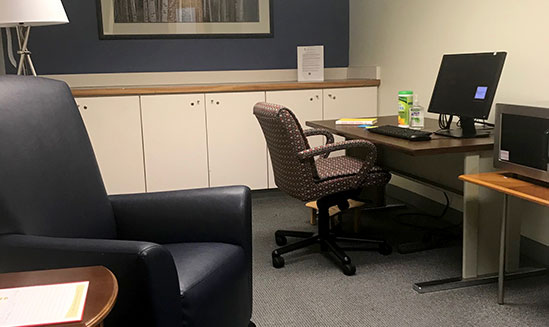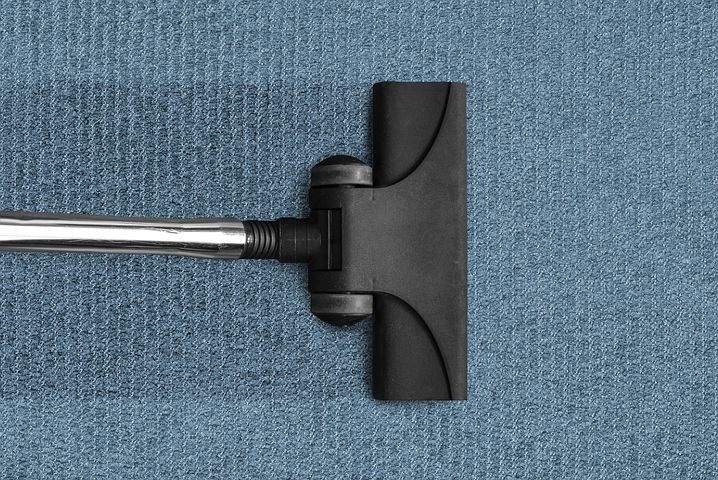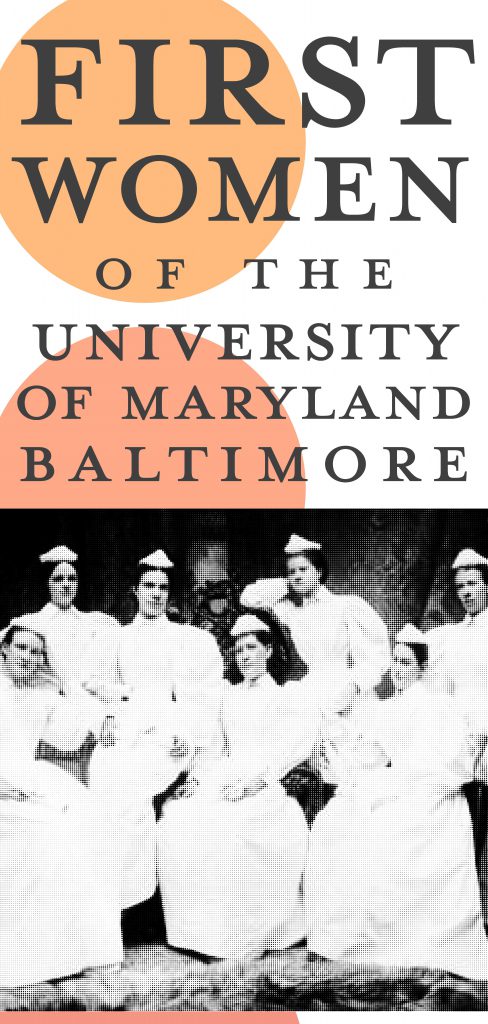DABS: DATA AND BIOINFORMATION STUFF
NCBI Virtual Workshop Series: Getting Started with NCBI Data in Python
The National Center for Biotechnology Information (NCBI) is pleased to announce an upcoming virtual workshop that is now accepting applications. The NCBI Education Team invites you to apply and share this opportunity with any colleagues who may be interested. The NCBI Virtual Workshops series was developed last fall to expand our reach to individuals who use NCBI resources for biological/biomedical research, science education, and clinical application efforts. Please review the workshop description to understand the intended audience. Each workshop will accept a limited number of participants to facilitate the best possible educational experience.
Title: Getting Started with NCBI Data in Python
Date and time: Tuesday, April 19, 2022, 1:00pm – 4:00pm ET
Description: Learn how to tackle bigger biomolecular datasets more reliably with the power of Python programming. This workshop is designed for biologists without programming experience. Our examples will use genomic, transcript, and protein sequence data, but the programming skills will be broadly relevant for all biologists.
In this workshop you will learn how to:
- Use Python programming to download, analyze, and visualize data.
- Use Jupyter to create data analysis ‘lab notebooks’ that make it easy to reproduce & share your work.
- Find data that is relevant to your project using the new NCBI Datasets resource. Explore metadata to learn about which datasets are available.
- Download sequence data with NCBI Datasets and manipulate it with the BioPython package.
Apply here: https://ncbiinsights.ncbi.nlm.nih.gov/event/getting-started-with-ncbi-data-in-python-04-22/
Application close date: March 29, 2022
Please note, this workshop was designed for people with a good understanding of molecular biology, but who have limited or no programming experience.
Due to curricular and technical limits, the number of spots have been capped to provide the best workshop experience. If you register to apply, you will be notified of your application status 2 weeks before the scheduled event.
They recommend having access to a stable internet connection and modern web browser on a laptop or desktop computer to be able to successfully participate in the hands-on exercises.
More information can be found on the new Outreach Events page of the NCBI Insights Blog. See also the FAQ page and if you still have questions about the NCBI Outreach Events program or this specific workshop, email NCBI Education Team at workshops@ncbi.nlm.nih.gov.
Questions? Contact: Jean-Paul Courneya, bioinformationist, and Amy Yarnell, data services librarian at data@hshsl.umaryland.edu.
The Center for Data and Bioinformation Services (CDABS) is the University of Maryland Health Sciences and Human Services Library hub for data and bioinformation learning, services, resources, and communication
Sign up to get DABS delivered to your email or RSS feed.
 Help local youth discover the joys of reading! To kick off our celebration of National Library Week (April 3-9, 2022), the HSHSL will be collecting new or gently used books for children and teens/young adults. All books will be donated to local Baltimore organizations.
Help local youth discover the joys of reading! To kick off our celebration of National Library Week (April 3-9, 2022), the HSHSL will be collecting new or gently used books for children and teens/young adults. All books will be donated to local Baltimore organizations.





 In March 2020, the HSHSL was celebrating Women’s History Month with a gallery exhibit featuring the accomplishments of the First Women of the University of Maryland, Baltimore. Unfortunately, a week after the exhibit opened, the COVID-19 pandemic arrived in Maryland and the university transitioned to mandatory telework. During the shutdown, the exhibit sat for months, unseen in a deserted gallery. Now, two years later, the HSHSL is showing a new, expanded version of the First Women of the University of Maryland, Baltimore in the HSHSL Weise Gallery.
In March 2020, the HSHSL was celebrating Women’s History Month with a gallery exhibit featuring the accomplishments of the First Women of the University of Maryland, Baltimore. Unfortunately, a week after the exhibit opened, the COVID-19 pandemic arrived in Maryland and the university transitioned to mandatory telework. During the shutdown, the exhibit sat for months, unseen in a deserted gallery. Now, two years later, the HSHSL is showing a new, expanded version of the First Women of the University of Maryland, Baltimore in the HSHSL Weise Gallery.

